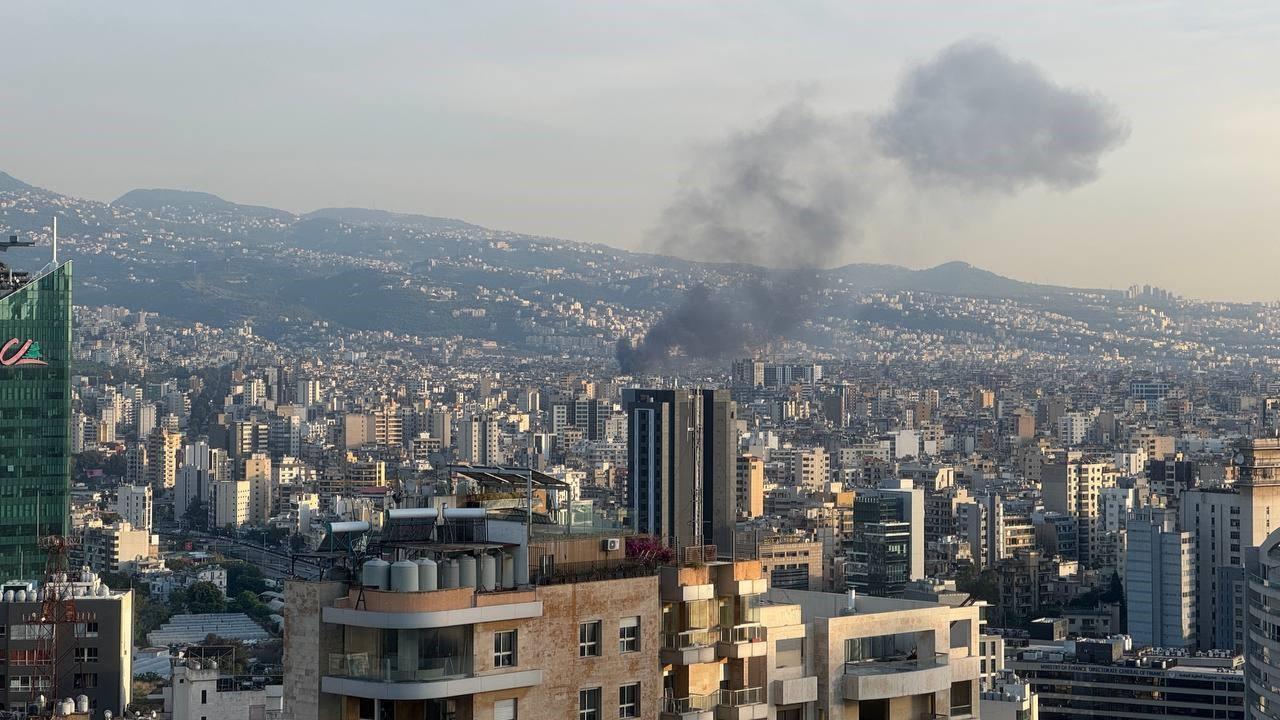Smyrna theater set to shine once more after 1,500 years
İZMİR

An ancient theater in the western province of İzmir's Smyrna, currently being restored through dedicated excavation efforts, has the potential to become Türkiye's own iconic Colosseum once fully uncovered.
Laying at the foot of the historic Kadifekale in the Konak district, one of the most dynamic areas of the province, the Smyrna Theater was built in the third century B.C. However, masses of soil engulfed the historical asset in time, approximately some 1,500 years ago.
Taking action to bring this timeless yet silent witness to İzmir’s history to its feet, archaeologists have been working diligently since 2016 at the site, revealing more details of the ancient structure each day. In the process, they have unearthed around 21 stairs, a section of the stage and the L-shaped audience entrance of the decades-old theater with a seating capacity of 20,000.
Interwoven with İzmir’s urban life due to its unique location at the heart of the city, the ancient theater stands out from its congeners.
Therefore, following the completion of the excavation works, the ancient theater — which was utilized for a variety of purposes, including gladiator bouts — will possess the capacity to accommodate contemporary cultural events in a vibrant region.
The head of the excavations, Professor Dr. Akın Ersoy from İzmir Katip Çelebi University’s Department of Turkish-Islamic Archeology, noted that a team of 20 people has been working meticulously on the site to uncover the glamorous ancient structure this year.
He highlighted that the theater had three layers, clarifying that wood was used in the construction of its initial section, unveiling their plans to fully reveal this initial section in two years.
“The Roman Emperor Hadrian's reign saw a major expansion of the theater's size and capacity,” Ersoy said, shedding light on the background of the ancient structure. He noted that during the excavations, they have uncovered around 165 statue fragments, including arms, legs and fingers, emphasizing that most of them date back to Hadrian's reign.
Shaped like a horseshoe, the open-air theater resembles the great theater of Ephesus in terms of size, according to Ersoy.
“Scores of people traveled to İzmir for both commercial and visiting purposes from all over the Mediterranean region back in time as it was a major metropolis. Asian games took place at Smyrna during the Roman era, similar to the Olympics today,” Ersoy explained, revealing one of the underlying reasons for the great size of the theater.
In addition, the structure also hosted drama and tragedy plays, Ersoy pointed out, emphasizing that it was also the site where then-administrators provided the citizens with crucial information.
Noting that there is no such example of a theater near the city center of this size in Türkiye, Ersoy underlined the site’s capability of hosting various events in the future. He also expressed hope for the site to transform into a significant sociocultural hub, similar to those in Western countries.
















